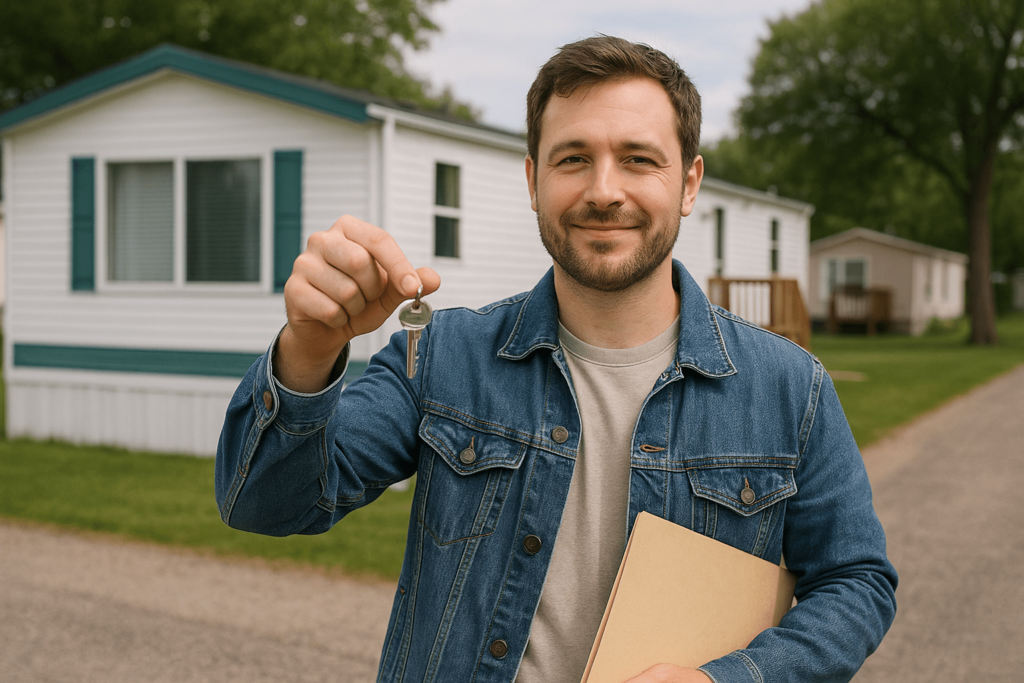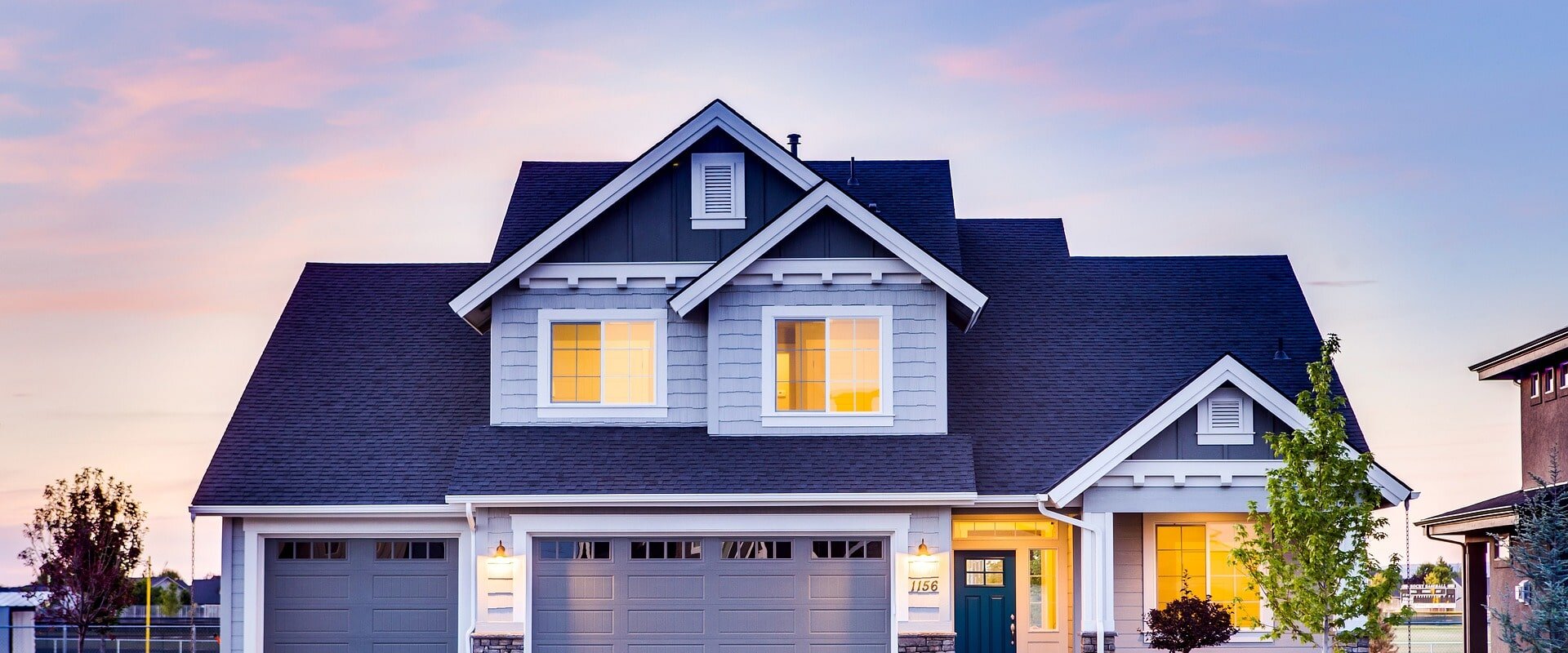And Other Tips for Buying a Home
Buying a home is a significant milestone, a cornerstone of the American Dream. But for many, the daunting prospect of a down payment can feel like an insurmountable barrier. The good news? Homeownership is more attainable than you might think. This comprehensive guide will explore various strategies to navigate the down payment hurdle, enabling you to unlock the door to your dream home. We’ll cover everything from traditional mortgages and private seller services to innovative programs, including options for purchasing foreclosed homes, mobile homes, and even exploring the possibility of buying a home with no money down.

Understanding the Down Payment Landscape
Before diving into strategies, let’s understand the down payment itself. Traditionally, a 20% down payment was considered the gold standard. However, times have changed. While a larger down payment offers benefits like lower monthly payments and potentially better interest rates, it’s no longer a strict requirement. Many loan programs now allow for down payments as low as 3%, or even 0% in some cases.
How much money do you need to buy a home? The answer is highly variable and depends on factors like:
- The Purchase Price: Naturally, a more expensive home requires a larger down payment.
- The Loan Type: Different loan programs have different down payment requirements.
- Your Credit Score: A higher credit score can qualify you for loans with lower down payment options.
- Location: Some areas offer down payment assistance programs.
Strategies for Securing Your Down Payment
Here’s a breakdown of actionable strategies to help you accumulate your down payment:
1. Explore First-Time Homebuyer Programs:
Numerous programs exist to assist first-time homebuyers with down payment and closing costs.
- State and Local Programs: Research programs offered by your state, county, and city. These programs often provide grants or low-interest loans.
- National Programs: Look into programs offered by organizations like the U.S. Department of Housing and Urban Development (HUD).
2. Consider Different Loan Types:
Different loan types have varying down payment requirements.
- FHA Loans: Insured by the Federal Housing Administration, FHA loans are popular among first-time buyers due to their low down payment requirements (as low as 3.5%).
- VA Loans: Available to eligible veterans, active-duty military personnel, and surviving spouses, VA loans often require no down payment.
- USDA Loans: Offered by the U.S. Department of Agriculture, USDA loans are available in rural and suburban areas and may require no down payment.
- Conventional Loans: While typically requiring a higher down payment, conventional loans often offer more flexible terms and may not require private mortgage insurance (PMI) with a 20% down payment.
- Private loans: Be careful creating your own private mortgage deal (you don’t want to strain yourself, your friends, or your family) but a promissory note loan can be a great way to buy a home without a down payment. We can answer your questions or talk to your Realtor when you start thinking about buying.
3. Down Payment Assistance Programs (DAPs):
These programs provide grants or low-interest loans to help cover down payment costs.
- Research Local DAPs: Search online for DAPs in your area, often administered by state or local housing agencies.
- Understand Eligibility Requirements: DAPs typically have income limits, credit score requirements, and may require homebuyer education courses.
4. Gift Funds:
Many loan programs allow you to use gift funds from family members or close friends as a down payment.
- Document the Gift: Lenders require a gift letter stating that the funds are a gift and not a loan.
- Understand Gift Tax Rules: Be aware of gift tax implications for both the giver and the recipient.
5. Borrow from Retirement Accounts (Carefully):
While a last resort, some retirement accounts allow you to borrow funds for a down payment.
- Consider the Risks: Borrowing from your retirement account can impact your long-term savings and may incur penalties.
- Consult a Financial Advisor: Seek professional advice before making this decision.
6. Explore Options for How to Buy a Home with No Money Down:
While challenging, buying a home with no money down is possible.
- VA and USDA Loans: As mentioned earlier, these loans often require no down payment for eligible borrowers.
- Down Payment Assistance Programs: Some DAPs may cover the entire down payment.
- Negotiate Seller Concessions: In some cases, you can negotiate with the seller to cover some of your closing costs.
7. How to Buy a Foreclosed Home:
Foreclosed homes can offer opportunities for lower purchase prices, but they often require renovations.
- Research Foreclosure Listings: Explore websites and real estate agents specializing in foreclosed properties.
- Inspect the Property Thoroughly: Foreclosed homes may have hidden issues. Hire a qualified inspector.
- Secure Financing: Obtaining financing for a foreclosed home can be more challenging. Be prepared to explore alternative financing options.
8. How to Buy a Mobile Home:
Also known as manufactured homes, mobile homes can be a more affordable entry point to homeownership. And surprisingly, it’s even possible to buy one with little to no money down. This article will guide you through the process, offering tips and strategies to make your homeownership dreams a reality.
Why Choose a Mobile Home?
Mobile homes provide several advantages over traditional housing:
- Affordability: Mobile homes are generally less expensive than site-built homes, making them an attractive option for budget-conscious buyers.
- Faster Construction: Manufactured in a factory setting, mobile homes can be delivered and set up much faster than traditional construction.
- Customization Options: While there are standard floor plans, you can often customize aspects of the interior and exterior to suit your preferences.
- Potential for Land Ownership: You can choose to place your mobile home on rented land in a mobile home park, or purchase your own land for greater long-term investment.
How to Buy a Mobile Home with Little to No Money Down.
Is it Possible?
Yes, it is possible! Here’s how:
- USDA Loan (Rural Housing Loan): The United States Department of Agriculture (USDA) offers loans with no down payment required for eligible borrowers in designated rural areas. Check your eligibility and property location on the USDA website. Keep in mind that manufactured homes must meet specific criteria to qualify.
- VA Loan (For Veterans): Eligible veterans and active duty service members may qualify for a VA loan, which often requires no down payment. The VA also has specific requirements for manufactured homes.
- Chattel Loan: This is a personal property loan, often used for purchasing mobile homes. While not specifically a “no-money-down” loan, some lenders may offer low down payment options, especially with a strong credit score.
- Negotiate with the Seller: In some cases, you can negotiate a lower purchase price or ask the seller to contribute towards closing costs. This can significantly reduce the amount of upfront money you need.
- Down Payment Assistance Programs: Explore your local and state down payment assistance programs. These programs offer grants or low-interest loans to help first-time homebuyers with their down payment and closing costs.
- Gift Funds: Family and friends can gift you funds to use towards your down payment and closing costs. Lenders require a gift letter outlining the relationship and confirming the funds are a true gift, not a loan.
Other Essential Tips for Buying a Mobile Home:
- Check Your Credit Score: A good credit score is crucial for securing a loan with favorable interest rates. Check your credit report for errors and work to improve your score before applying for financing.
- Get Pre-Approved: Before you start shopping, get pre-approved for a loan. This will give you a clear idea of how much you can afford and make you a more attractive buyer.
- Thoroughly Inspect the Home: Hire a qualified inspector to assess the condition of the mobile home, including the foundation, plumbing, electrical, and HVAC systems. This will help you identify any potential problems and negotiate repairs.
- Research Land Options: If you’re planning to purchase land, research zoning regulations, utility connections, and any potential restrictions on manufactured housing.
- Understand the Costs: Beyond the purchase price, factor in other costs such as lot rent (if applicable), property taxes, insurance, utilities, and maintenance.
- Consider New vs. Used: New mobile homes often come with warranties and modern features. Used mobile homes tend to be more affordable, but may require repairs or upgrades.
- Work with Experienced Professionals: Enlist the help of a real estate agent specializing in manufactured homes and a reputable lender familiar with mobile home financing.
- Read the Fine Print: Carefully review all loan documents and purchase agreements before signing. Don’t hesitate to ask questions if anything is unclear.
A Table Summarizing Loan Options and Down Payment Expectations
| Loan Type | Minimum Down Payment | Key Features |
|---|---|---|
| FHA Loan | 3.5% | Insured by the FHA, popular among first-time buyers. |
| VA Loan | 0% | Available to eligible veterans, active-duty military, and surviving spouses. |
| USDA Loan | 0% | Available in rural and suburban areas. |
| Conventional Loan | 3% – 20% | Can avoid PMI with a 20% down payment, offers more flexible terms. |
| Mobile Home Loan | Varies | Chattel loans or personal loans may be used, can be higher interest rates. |
The Home Buying Process: A Timeline
How long does it take to buy a home? The timeline can vary, but here’s a general overview:
- Pre-Approval (1-3 days): Get pre-approved for a mortgage to understand your budget.
- Home Search (Weeks to Months): Find the right home and work with a real estate agent.
- Offer and Acceptance (1-7 days): Negotiate and finalize the purchase agreement.
- Inspection and Appraisal (1-2 weeks): Conduct inspections and have the property appraised.
- Loan Processing (2-6 weeks): The lender processes your loan application.
- Closing (1-2 days): Sign the closing documents and receive the keys to your new home.
FAQs About Down Payments and Homeownership
Q: Can I use my tax refund for a down payment?
A: Yes! Your tax refund can be a great way to boost your down payment savings.
Q: What is PMI?
A: Private Mortgage Insurance (PMI) is required by lenders when you put down less than 20% on a conventional loan. It protects the lender if you default on your loan.
Q: How can I improve my credit score to qualify for a better loan?
A: Pay your bills on time, reduce your credit card balances, and avoid opening new credit accounts.
Q: Is it better to save for a larger down payment or buy a home sooner with a smaller down payment?
A: This depends on your individual circumstances. A larger down payment reduces your monthly payments and potentially lowers your interest rate, but waiting may mean missing out on current market conditions.
Q: What is the difference between pre-qualification and pre-approval?
A: Pre-qualification is an estimate of how much you might be able to borrow, while pre-approval involves a more thorough review of your financial information and provides a stronger indication of your borrowing power.
Conclusion: Your Pathway to Homeownership
The journey to homeownership may seem daunting, but with careful planning, diligent saving, and exploring available resources, the dream is within reach. By understanding your options, utilizing available programs, and making smart financial decisions, you can overcome the down payment hurdle and unlock the door to your own home. Take the first step today and begin your journey towards building equity and creating a place to call your own. Remember to research, seek professional advice, and stay persistent – your dream home awaits!

